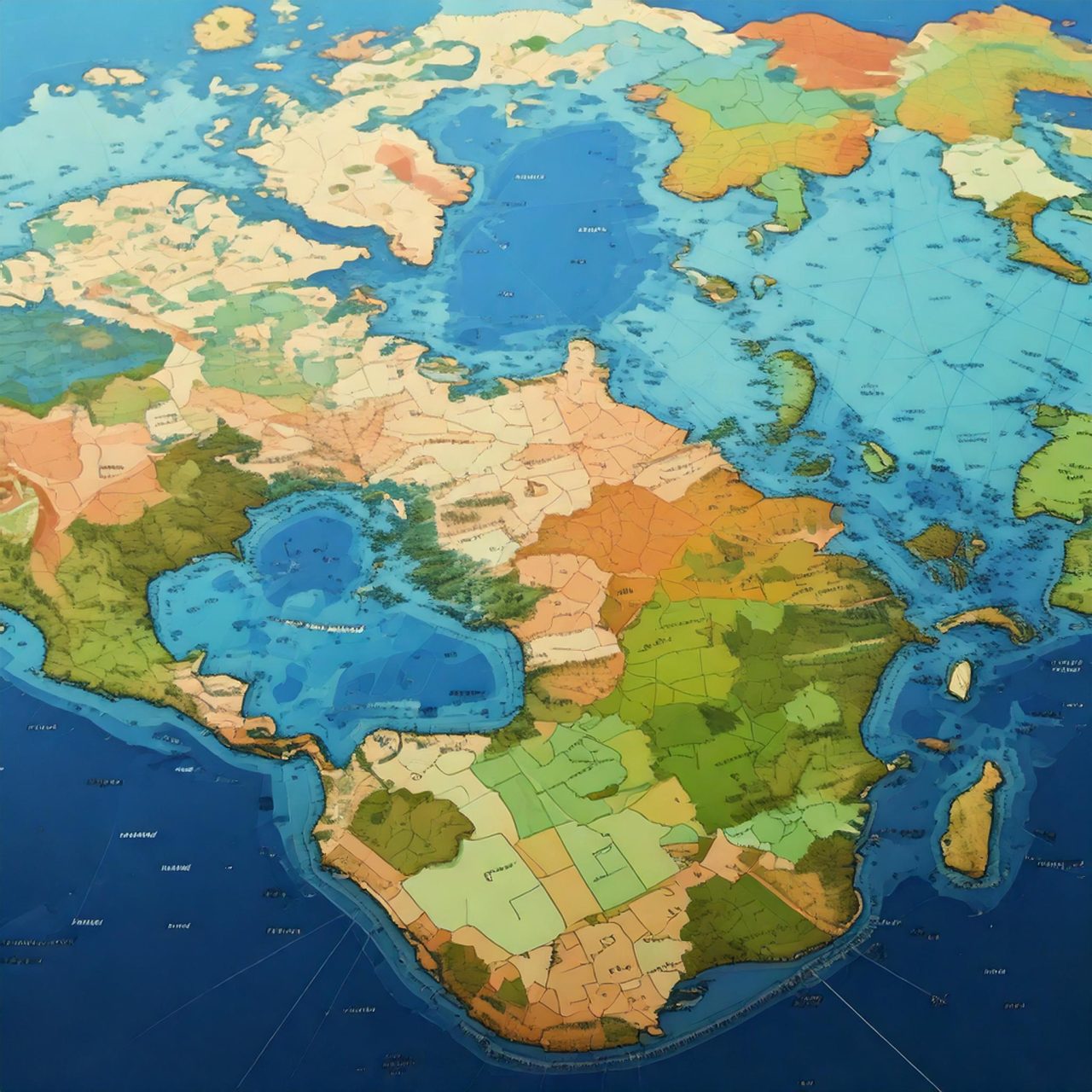WeSearch Extra
{{ time.start_TS | TS2dateFormat('MMM') }}
{{ time.start_TS | TS2dateFormat('YYYY') }}
| free of charge |
| 16 years and older |
| English |
| Ground Floor, Hall 3 |
It is hard to imagine everyday life without applications based on artificial intelligence. In the background are always large language models (LLMs) that are trained with huge amounts of text. However, although Chinese and Spanish are the most widely spoken native languages in the world and Arabic and Hindi each have around 350 million native speakers, the underlying language models are based on English. What does this mean for smaller or Indigenous languages, which are much rarer or not found at all in the digital sphere? What challenges and opportunities arise for them in an increasingly globalised world? How can we ensure that lesser-used languages are also heard in the digital world? Experts from various fields share their perspectives and discuss whether and how we can promote diversity in the digital space.
Mitwirkende
Aljoscha Burchardt is Principal Researcher and Deputy Spokesperson at the German Research Centre for Artificial Intelligence (DFKI) in Berlin. He is an expert in language technology and artificial intelligence. Burchardt is a Senior Research Fellow at the Weizenbaum Institute for the Networked Society and Deputy Chairman of the Berlin Scientific Society. He was also an expert member of the German Bundestag’s Enquete Commission on Artificial Intelligence.
Abake Adenle (PhD) is an engineer, entrepreneur and financial strategist. She is the founder and CEO of ajala.ai, a company that develops natural language & speech processing applications and digital solutions for African languages. Adenle developed the SpeakYoruba app, and won the 2021 Women in Voice DEI award for her efforts to expand language AI access to African languages.
Nathalie Keurmeur is a cultural scientist specializing in digital media. She has been responsible for the conception, planning and curation of digital content at the Humboldt Forum since 2015.
Uta Kornmeier is an art and cultural historian. As curator for science and research at the Academy of the Humboldt Forum Foundation in the Berlin Palace, she is working Language(s) as a cross-sectional topic.
